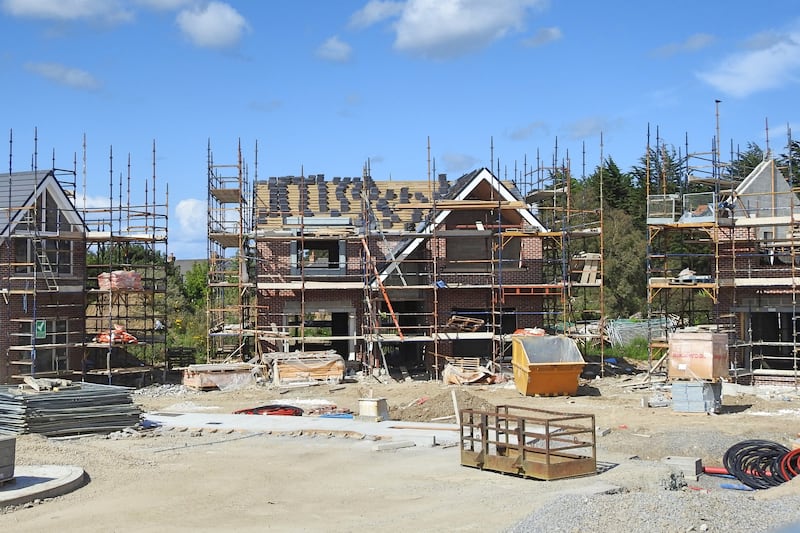China’s deflationary pressures picked up in September with weaker than expected consumer and factory prices, underlining calls for Beijing to deliver a bigger package of measures to lift the economy.
The softer data comes as China’s volatile markets await more detailed information on Beijing’s stimulus plans, after a Ministry of Finance press conference on Saturday that pledged more spending but gave few new figures.
China’s consumer prices index was up 0.4 per cent year on year in September, the National Bureau of Statistics said on Sunday, weaker than a Bloomberg poll of analysts that forecast a 0.6 per cent gain and down from 0.6 per cent in August.
The producer prices index fell 2.8 per cent year on year, compared with analysts’ forecasts of a decline of 2.6 per cent. The fall accelerated from 1.8 per cent in August and was the steepest decline in six months.
Goldman Sachs said consumer inflation was supported by rising prices for food, which were affected by adverse weather conditions and seasonal demand before the Golden Week holiday that started on October 1st.
The weak inflation readings highlight how China’s economy is suffering from deflationary pressures stemming from a deep property crisis that has hit household demand.
They come ahead of government data scheduled to be released this week that is expected to paint a picture of a two-speed economy, with strong trade numbers set to be offset by weak third-quarter gross domestic product figures on Friday.
Economists expect China’s third-quarter gross domestic product (GDP) to have grown by less than Beijing’s official target of 5 per cent year on year.
Analysts cautioned that if growth slows further and China’s export engine begins to hit more roadblocks, such as protectionism from important trade partners, policymakers will have to take more action.

Retail and hospitality in the firing line as Irish insolvencies ramp up
“If the two-speed model [can] not continue, policymakers [will] need to escalate policy stimulus,” said Larry Hu, economist with Macquarie, in a note.
After months of incremental measures, the central bank announced a more forceful monetary stimulus in late September ahead of the national holiday, sparking a rally in China’s long-moribund stock markets.
Investors are waiting for Beijing to detail extra fiscal spending plans to back up the monetary stimulus but have been disappointed by a lack of detail in subsequent government announcements.
Analysts said that while markets want the government to present a more determined front on stimulus, Beijing will try to avoid flooding the market with credit. Past stimulus efforts are blamed for creating a property market bubble.
Attention is turning to the next leadership meeting of the National People’s Congress, China’s rubber-stamp parliament, which technically has to approve any additional spending plans. A meeting is expected in the coming weeks.
The statistics bureau said weaker producer prices were driven by the “ferrous” metal smelting and rolling industry, down by 11 per cent year on year, and the petrol, coal and other fuel processing industries, down 9.4 per cent. The factory price of consumer goods also fell by 1.3 per cent.
On consumer prices, the bureau said the price of “new energy cars” – electric vehicles – and cars with traditional engines fell by 6.9 per cent and 6.1 per cent respectively.
China’s automotive market is characterised by fierce competition and excess capacity, leading many producers to increase low-cost exports. – Copyright The Financial Times Limited 2024
- Sign up for the Business Today newsletter and get the latest business news and commentary in your inbox every weekday morning
- Opt in to Business push alerts and have the best news, analysis and comment delivered directly to your phone
- Join The Irish Times on WhatsApp and stay up to date
- Our Inside Business podcast is published weekly – Find the latest episode here












